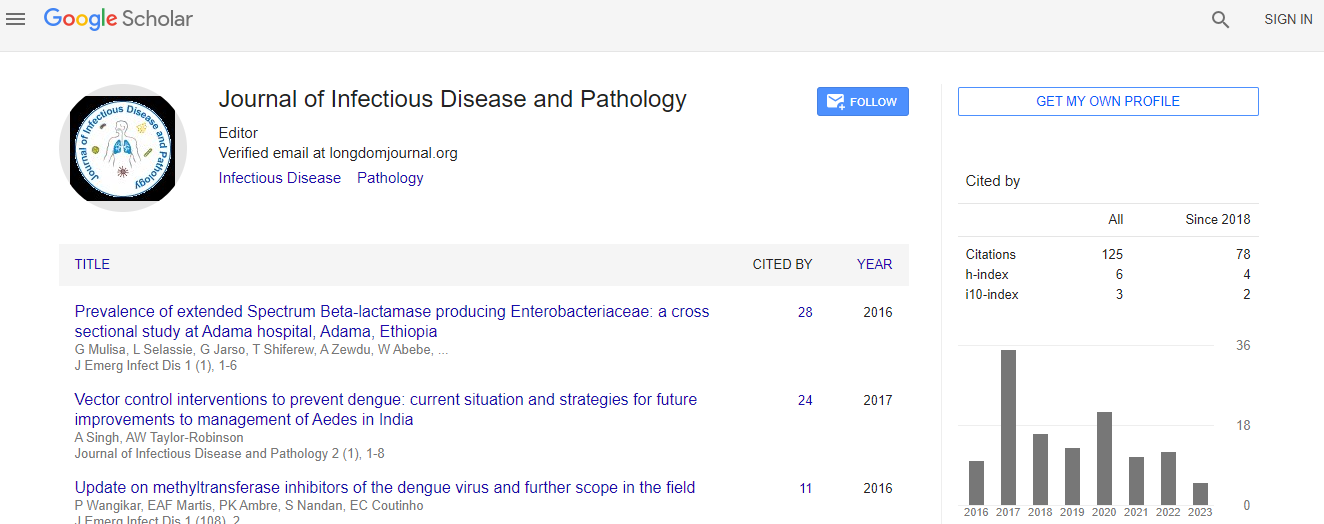Research Article
Was Guinea the Source of the Ebola Virus contagion? Evidence via a Dynamic Equicorrelation Model
Nadhem Selmi*Department of Quantitative Methods, Faculty of Economics and Management, University of Sfax, Tunisia
- *Corresponding Author:
- Nadhem Selmi
Department of Quantitative Methods
Faculty of Economics and Management
University of Sfax, Tunisia
Tel: +216 74 242 951
E-mail: nadhem.selmi@yahoo.fr
Received date: October 30, 2015; Accepted date: January 04, 2016; Published date: January 14, 2016
Citation: Selmi N (2016) Was Guinea the Source of the Ebola Virus contagion? Evidence via a Dynamic Equicorrelation Model. J Emerg Infect Dis 1:106. doi:10.4172/2472-4998.1000106
Copyright: © 2016 Selmi N. This is an open-access article distributed under the terms of the Creative Commons Attribution License, which permits unrestricted use, distribution, and reproduction in any medium, provided the original author and source are credited.
Abstract
Forecasting the death number and co-movement case evolution is critically important in investigating the Ebola virus spreading phenomenon. To this end, it is crucial to examine investigate patterns and trends in correlations over time using daily figures data relevant to three major West African countries (Guinea, Liberia and Sierra lione) during the period ranging from March 3, 2014 to February 02, 2015. The aim is to show that several countries co-movements are possible to be simultaneously modeled by means of DCC, ADCC, GDCC, AGDCC and DECO models. Empirically, it has been discovered that correlations have significantly registered an upward trend for both countries Guinea and Sierra-Lione. Based on a time-varying measure of dynamic conditional correlation, it turns out to be impossible for a long-only virus transmission by itself to circumvent the increasing correlations, by means of adjusting the Ebola outbreak over time. However, some evidence has been attained highlighting that the DECO estimation model is actually possible, and proved that the number of Ebola-related deaths does indeed increase after three month lapse. JEL Classification: G12

 Spanish
Spanish  Chinese
Chinese  Russian
Russian  German
German  French
French  Japanese
Japanese  Portuguese
Portuguese  Hindi
Hindi 